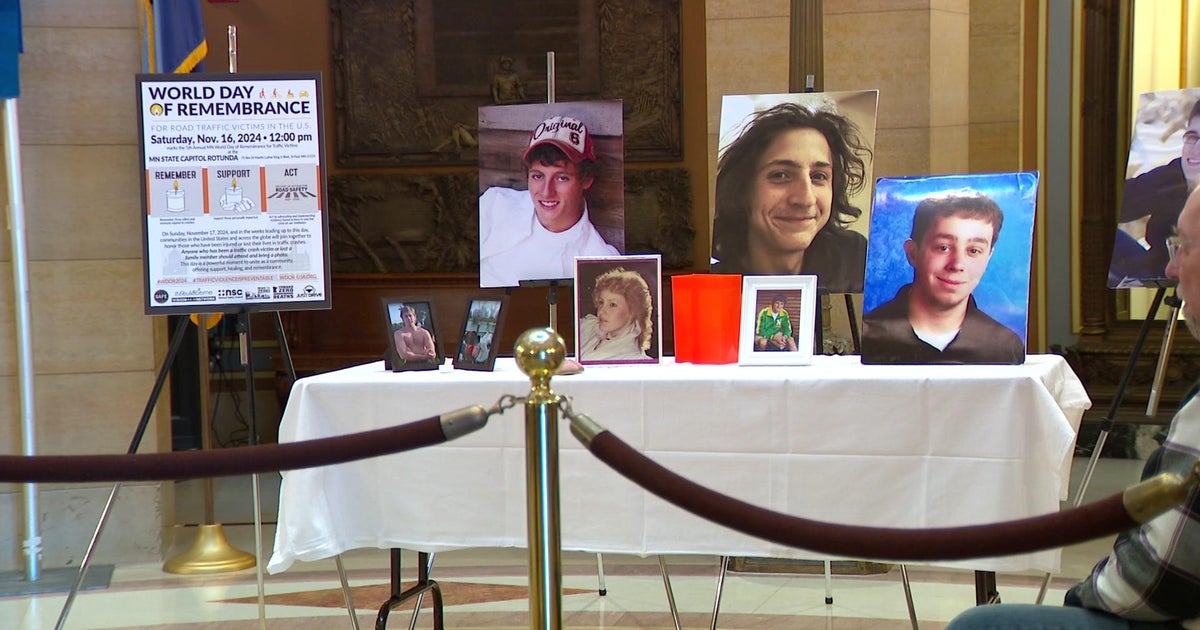COVID In Minnesota: 4K-Plus Health Care Workers Now Vaccinated
MINNEAPOLIS (AP) — More than 4,000 frontline health care workers in Minnesota have already received their first coronavirus vaccinations, and the state expects to have received nearly 250,000 doses from the two approved manufacturers by the end of the month, officials said Tuesday.
Minnesota last week started administering its first 46,800 doses of the Pfizer vaccine, which are reserved for the most essential health care workers, and more is on the way. Kris Ehresmann, the infectious disease director at the Minnesota Department of Health, said the state expects to receive its first 94,800 doses of the Moderna vaccine this week, with most of it arriving Wednesday.
Most of the Moderna shipments will go to residents and staff at long-term care facilities, starting with skilled nursing facilities followed by assisted living and other congregate care settings, Ehresmann said at a briefing for reporters.
Most people in the top priority group, known as Phase 1A, will get both their doses by the end of January, she said. But she indicated that Minnesotans eligible under federal guidelines for Phase 1B — which is expected to include people over age 75 and essential workers — could start getting their shots in January depending on availability.
"We will eventually get to the point where vaccine is widely available, and we're all anxious to get there. And we will. It's just going to take time," she said.
Gov. Tim Walz, who spoke with Pfizer distribution officials Monday evening, said at the briefing that he came away from the call confident that problems last week with delivering the second round of shipments to Minnesota and other states were just a "hiccup" that has been solved and that "their supply chain is strong."
Officials delivered the vaccine news on a day when Minnesota's coronavirus case count topped the 400,000 mark with the state closing in on 5,000 COVID-19 deaths. The health department reported 1,714 new infections and 24 deaths to raise the state's totals to 401,011 cases and 4,896 deaths.
According to The COVID Tracking Project, the seven-day rolling average of daily new cases in Minnesota and the state's positivity rate have continued to decrease over the past two weeks. Hospitalizations across the state have also trended downward.
Even though Minnesota is in a "better spot" than it was a few weeks ago, Health Commissioner Jan Malcolm said transmission rates are still very high. The best way to help the vaccines work is to continue to wear masks, practice social distancing and limit gatherings, she said.
"Whether trends that we've seen in the last month continue, or whether they reverse, depends for now on us keeping up the care that so many Minnesotans have been taking to minimize potential exposures," she said. "Vaccination is starting, and it's truly a critical next phase in the full journey. But as we start to vaccinate, it's just as important as ever that we all continue to follow the basic public health recommendations that are the key to controlling the spread of the disease."
(© Copyright 2020 The Associated Press. All Rights Reserved. This material may not be published, broadcast, rewritten or redistributed.)



